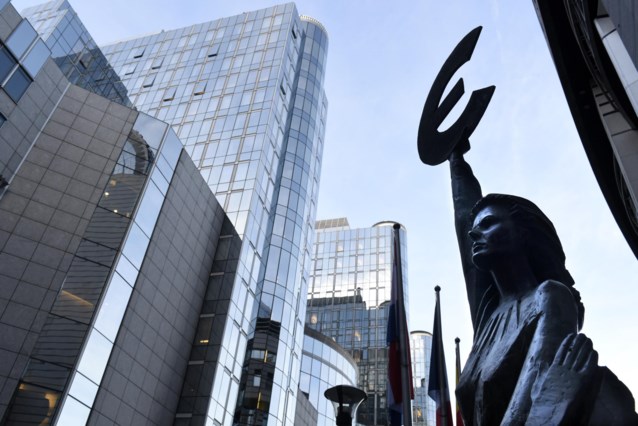In 2010, Travell Coleman confessed to a cold case homicide from 1993 after walking...
John Sterling, a veteran Yankees radio broadcaster, has decided to retire at the age...
Victoria Beckham is a fashion designer and beauty mogul who has built a global...
Gary Neville, a well-known journalist and former football player, recently interviewed Dele Alli, the...
As the 2024 global election year approaches, the relationship between emerging technologies and democracy...
The federal government debt reached 500.534 billion euros at the end of March, as...
Caitlin Clark, a standout women’s college basketball player, has been drafted first overall in...
In 2024, China’s economy started the year off on a strong note, with GDP...
Everton’s Dele Alli: Determined to Overcome Injury and Childhood Trauma in Quest for World Cup Glory
Everton midfielder Dele Alli is determined to make a comeback next season after being...
In 2022, President Biden signed the CHIPS and Science Act, a bipartisan law aimed...









